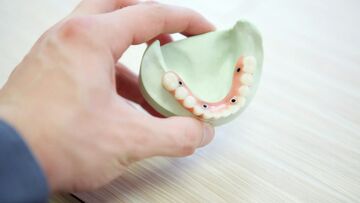The Best Way To Deal With Tooth Loss

It happens to everyone at some point, (although most of us hope that it will be many years down the line!), but what do you do when the dentist tells you that your tooth cannot be restored and needs to be extracted.
The biggest worry for most people when faced with an extraction is what to do about the gap this leaves. Over the years there has been a number of different treatments developed which can help to combat this problem and have you smiling again in no time.
Leave the gap
If the tooth to be extracted is near the back of your mouth and not visible when you talk and smile, it may be possible to leave the gap. The dentist will simply monitor the gap when you attend for your regular appointments to ensure that the teeth either side do not twist and move into the gap causing problems with your bite.
Bridges
A bridge is made by placing crowns on the teeth either side of the gap and joining them with a false tooth or teeth. The bridge will closely match the natural colour of your teeth and so will blend seamlessly with your smile. In order for a bridge to be possible it requires that the teeth either side of the gap are healthy.
The downside of a bridge is that it requires healthy teeth to be cut down in order for them to support the crowns that are the anchors of the bridge. It also means that if you have any problems with the anchor teeth the bridge can fail and it is unlikely that another will be able to be fitted.
Dentures
A denture can be made to replace one or several missing teeth. They are made using an acrylic or chrome base onto which false teeth can be added. Dentures have the advantage of allowing further teeth to be added in the future should you need more extractions. Each denture is custom made in the laboratory to impressions the dentist will take of your teeth. After the initial 4 or 5 appointments needed to make the dentures they are fairly low maintenance and will simply need cleaning in the same way you do your natural teeth.
Dentures can be fitted immediately following an extraction and this means that you will not need to worry about being seen with a missing tooth. Over time you may find that dentures become loose due to shrinkage of your gums and so they may need to be relined or remade to ensure that you still maintain a good fit.
Implants
Implants are currently the closest possible restoration to your natural teeth. A titanium screw is placed into your jaw and onto this can be fitted a crown, bridge or denture, depending on the number of gaps to be filled.
An implant if cared for properly should last as long as your natural teeth, meaning that over time it can prove to be a very cost effective solution. Prior to any treatment the dentist will complete a thorough assessment of your teeth and jaw to determine the health and level of bone present. If there is not sufficient bone or it is not healthy enough it may be necessary to complete a bone graft before implants can be placed.
Here at Benfleet Dental Centre we work closely with Astra Tech, a leading company in the field of dental Implantology to ensure you get the best treatment.
All our dentists placing implants are very highly trained and go on routine courses to ensure that their knowledge and techniques are kept up-to-date. We offer competitive finance deals to ensure that you get the best value for money while enabling you to spread the cost of your treatment.
Call today on 01702 557766 to book your consultation to find out how the team at Benfleet Dental Centre can help fill in gaps caused by tooth loss
Contact us to make an appointment

Related news from the practice
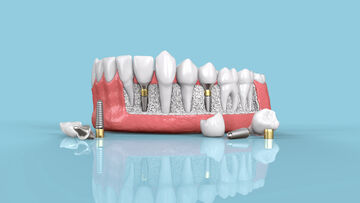
Dental Implants in Rayleigh
01/01/2024
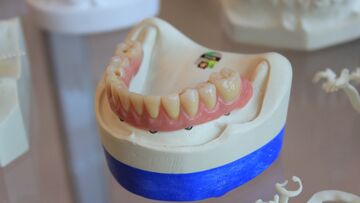
Implants - Just What Are They?
15/11/2023
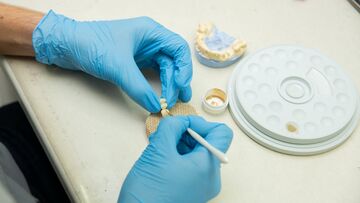
The Many Benefits of Dental Implants
08/11/2023
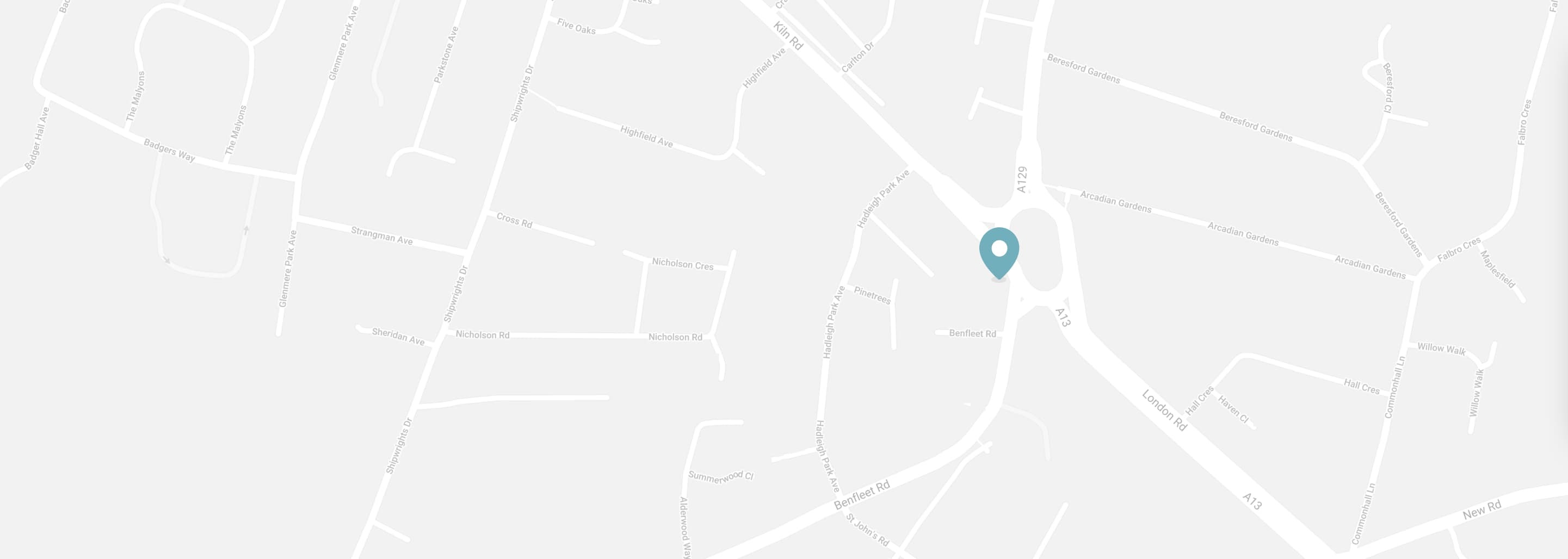
Visit the practice
Benfleet Dental Centre
8 Benfleet Road, Benfleet. SS7 1QB
Opening times
| Monday | 08:00 - 17:00 |
| Tuesday | 08:00 - 18:30 |
| Wednesday | 08:00 - 17:00 |
| Thursday | 08:00 - 17:00 |
| Friday | 08:00 - 17:00 |
| Saturday | 09:00 - 14:00* |
| *By appointment only |


